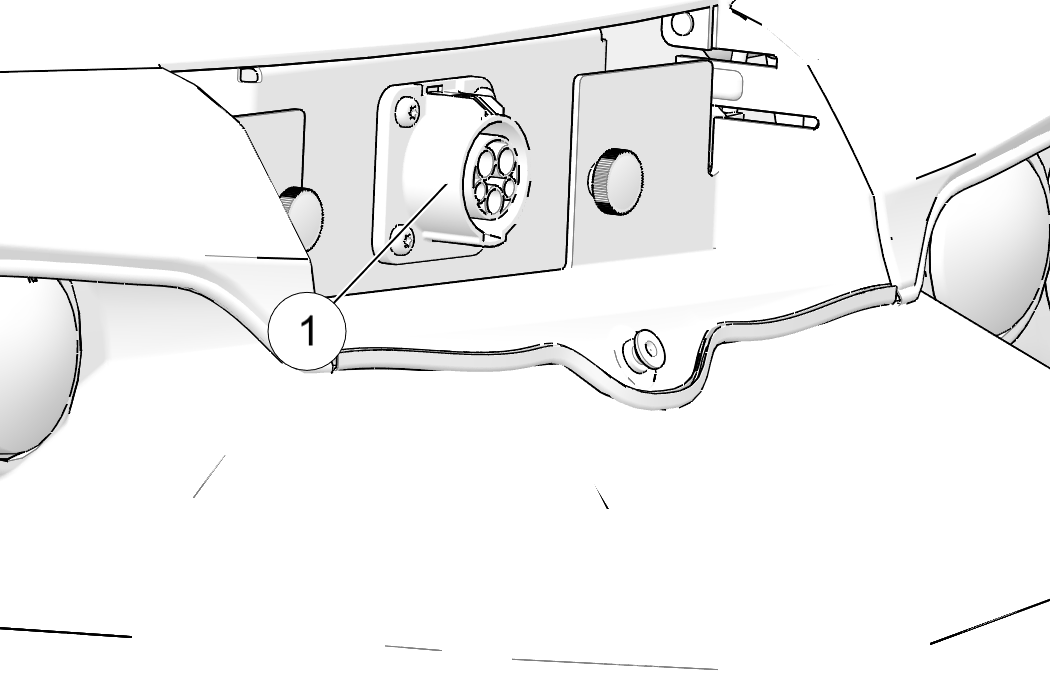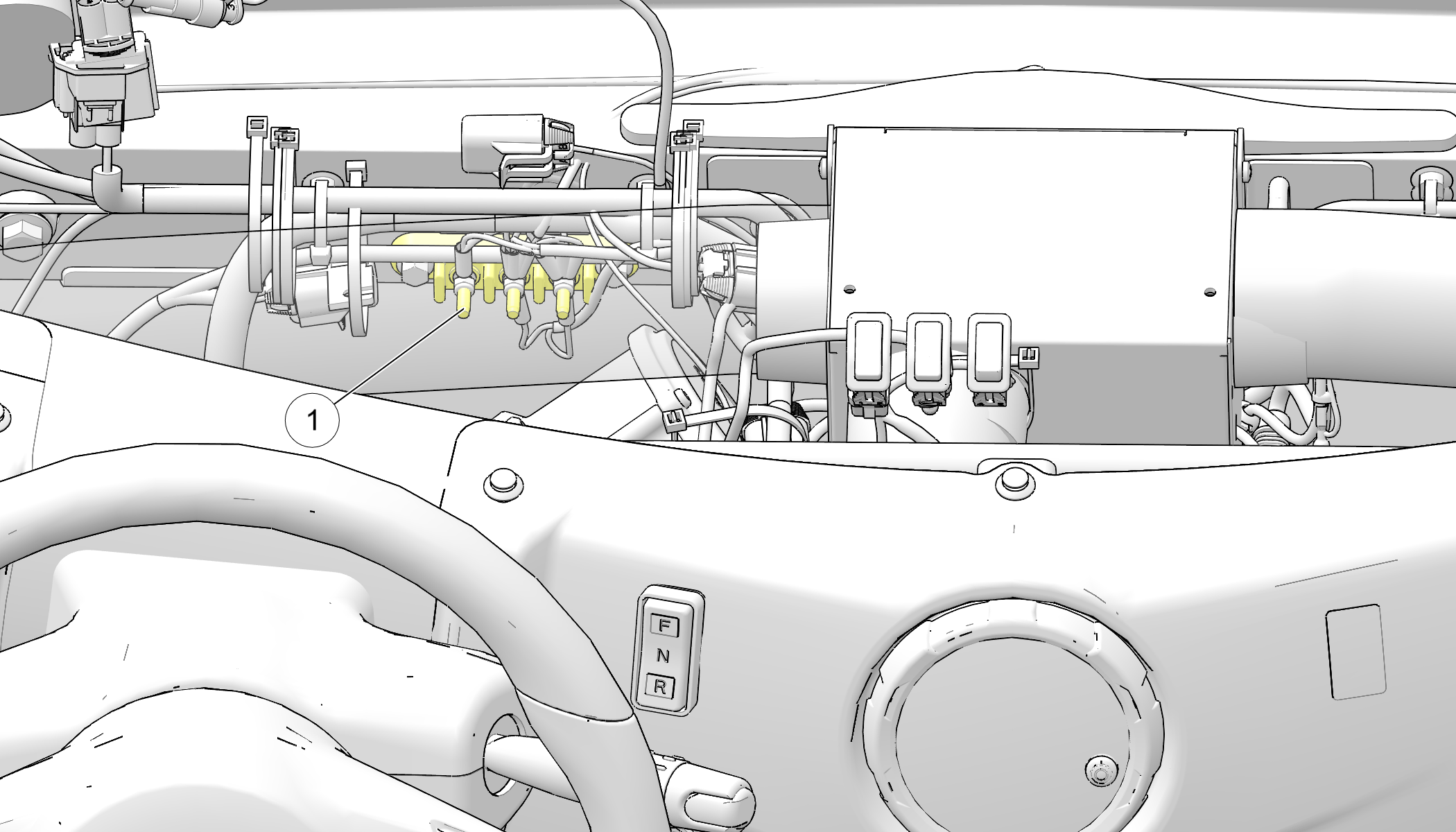
Content Source: 2020 GEM e2/e4/e6/eXLD Owner’s Manual (9930628-EN R01) > Features and Controls Chapter
| IMPORTANT |
|
The Owner's Manual for this vehicle contains warnings, instructions and other information you must read and fully understand before safely riding or performing maintenance on this vehicle.Always follow the warnings and instructions in Owner's Manual. Click the CONTENTS link above for the Table Of Contents, or download a full PDF of the Owner Manual in the Owner Support area of Polaris.com |
| NOTICE |
| Each vehicle is programmed at the factory for a particular battery type. Switching battery types should be done only by an authorized service technician. Your authorized GEM dealer can provide battery-related service. |
| IMPORTANT |
| Avoid temperature extremes when choosing a storage area. |
| Using a non-recommended extension cord could result in fire, heat damage or charger failure, which could result in serious injury or death. Always use the recommended type of cord to charge the batteries. |
| Charging from a circuit of lesser capacity and/or using a cord from the outlet to the vehicle that is not sufficient in wire gauge could create a fire hazard. |
| Failure to provide adequate ventilation while charging batteries can result in an explosion. Hydrogen gas is emitted during charging and will rise and accumulate at the ceiling. Always ensure a minimum of five (5) air changes per hour in the charging area. Never charge the batteries in an area subject to a flame or spark, including areas containing gas or propane water heaters and furnaces. Do not smoke in the charging area. |
| NOTICE |
| Do not use a ground fault interrupt (GFI) type cord on a GFCI-protected outlet. |
| NOTICE |
| A GFI (Ground Fault Interrupt) receptacle is recommended. See your authorized GEM dealer if you do not have a GFI receptacle at your regular recharge site. |
| NOTICE |
| The standard charge receptacle is not compatible with the SAE J1772 standard. |
The following information applies to use of the standard charge receptacle. See Fast Charge Receptacle for information that applies to the use of the fast charge receptacle.
When charging the vehicle, always use the standard Polaris charge cord.

| NOTICE |
| Enhanced standard charge cord will not insert into the fast charge receptacle and damage may occur if forced. |
| NOTICE |
| The following only applies to AGM Batteries. Do not attempt to charge Lithium Ion batteries with a charger other than the one on-board the vehicle. |
| NOTICE |
| It is not necessary to remove or disconnect battery post connections during the alternate charging method. |
| Do not work in or near the battery compartment or on any other electrical component of the vehicle while charging the batteries.
Before servicing the vehicle’s electrical system, always disconnect the service disconnect first, then disconnect any electrical
accessory connections, then disconnect the negative cable from the 12-volt battery, then disconnect the negative terminal
from the main battery pack. See Service Disconnect section in the Features and Control chapter for more information. This
will disable the vehicle by disconnecting the battery pack from the motor. It does not disable the battery pack. HIGH VOLTAGE
will be present at the battery terminals and contactor.
HIGH BATTERY VOLTAGE IS ALWAYS PRESENT. DO NOT TOUCH THE BATTERY TERMINALS. |
| Always wear safety glasses or approved eye protection when servicing the vehicle. Wear a full-face shield and gloves when working with or around batteries and electrical connectors. |

| NOTICE |
| To avoid draining the battery system, always install an accessory exactly as stated in the provided installation instructions. |
© Copyright Polaris Inc. All rights reserved.